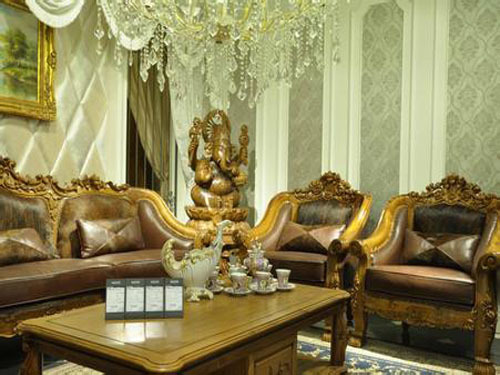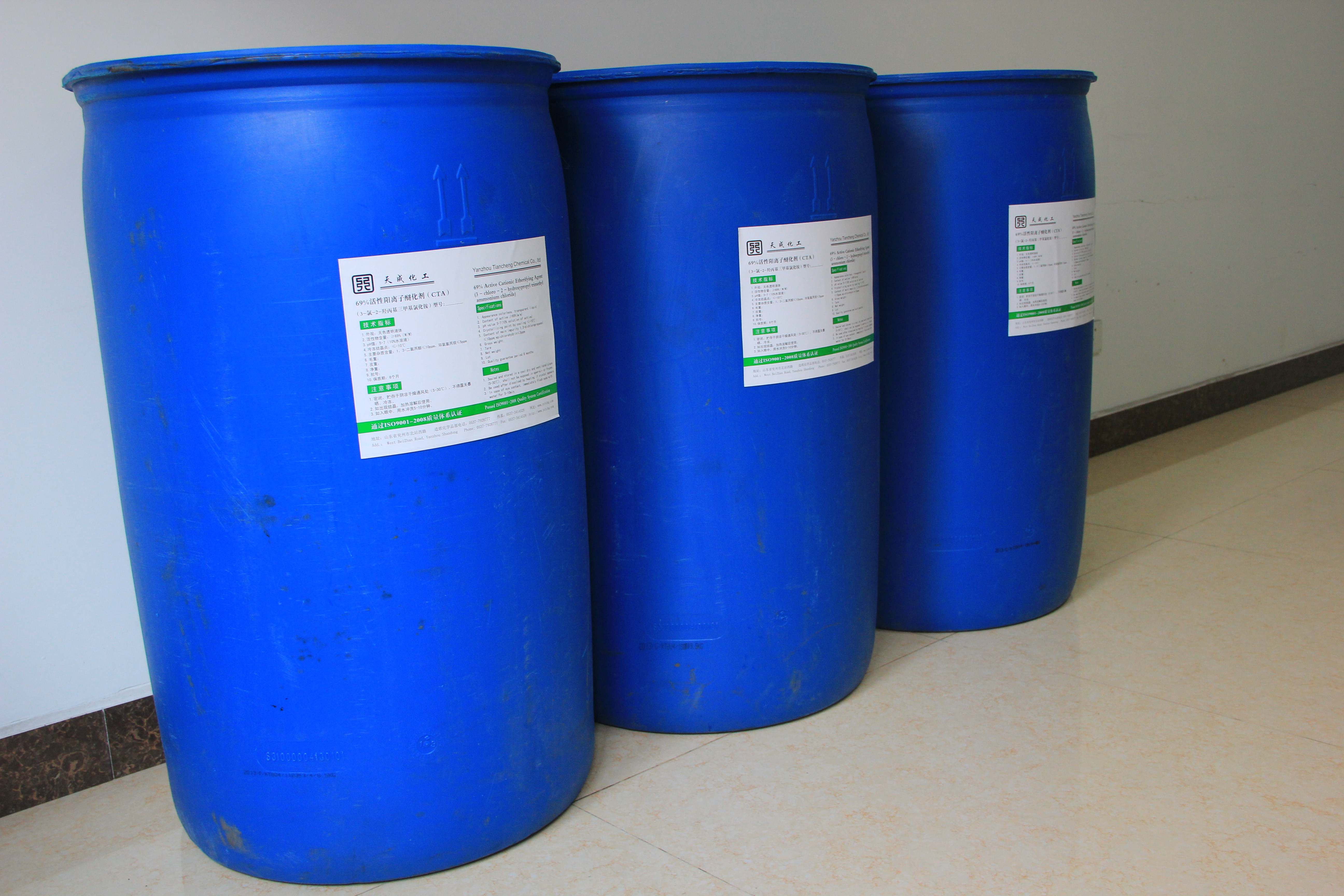
Recently, in the home circle, there was a mad pass about the home appliance retailer Merrill selling pre-sales of American imported Simmons, Serta, and King Koil beds at a retail price that is lower than the traditional retail price of 1/3. The news of the pad, its CEO Gao Yang high-profile words to the declaration of profiteering imports of furniture, this move has aroused the industry's friends on the discussion of imported furniture, this may be a few years ago after Leonardo da Vinci incident again pondered the starting point of imported furniture.
Turri, Harbo House, Versace, Bassett, Simmons, Serta, Fendi, Ethan Allen, Caracole The imported furniture brands displayed in the domestic high-end stores such as the Louvre, JSWB, and Meikemeijia allow consumers to enjoy an infinitely realistic and intimate experience and purchase imported high-end furniture, but they also leave the impression of huge profits.
Whether imported furniture is really better than domestic furniture is a category of product evaluation. This is not the focus of this article. Let's take a look at a set of market data on imported furniture in China. Recently, according to Zhu Changling, secretary-general of the China Furniture Association, when attending the second China Redwood Furniture Culture Week, he said: “Many Chinese people like European classical furniture and modern furniture. This is also related to the fact that China’s overall industrialization level is not high, and people are more willing to buy it. However, from the data point of view, China's furniture exports amounted to 53.1 billion U.S. dollars, while imports only amounted to 2.1 billion U.S. dollars, not even a fraction, and the import volume was not large. The level of domestic furniture products and international products has been Very close, in Moscow, European furniture made in China is very popular."
As for the reason why imported furniture is so expensive? Is it really profitable? Who earned profits again? Pan Furniture has learned from a number of senior industry sources that the fact is that the environment of imported furniture dealers is not as elegant as the products they sell, the pressure on capital turnover is high, the order in the domestic market is chaotic, and the discourse power is weak before foreign brands. , Legal protection is weak, and the right to surrender at any time, such as the risk of being deprived, is surrounded by them. This industry needs to be integrated just like the Chinese home furnishing market. Let us take a look at some of the major ways in which imported furniture imported into China currently exists to see why the imported furniture market is not as beautiful as you think.
Station Mode 1: Self-built team
This is the most direct way of entry. Foreign brand owners set up holding companies in China, self-built teams and independent operators; such brands as Ashley and NATUZZI have relatively large scale operations in China. However, they basically implement the agency model according to China's national conditions.
Station Mode II: Total Generation of Brands
This is generally foreign brands to China to find general agent, or distributors seeking to become a foreign brand distributor, dealers often take the initiative. At present, the domestic generals do well such brands as Serta and Sealy, and some regional distributors have begun to integrate resources after they have grown bigger. It is relatively large that the industry can achieve a flow of 300 million yuan. Agents, they all intend to develop towards the general direction. Domestic distributors all want to obtain the monopoly rights of foreign brands in China. In fact, it is very difficult for dealers to obtain monopoly rights. At present, the likes of Shanghai are integrating channels for US imported brands to enter China and want to get Stanley ( Stanley's total generation power, first they know more about the American market (partners), second they are certainly stronger than ordinary dealers, and third, they have the determination to expand nationwide. Some small and medium-sized distributors only have regional sales platforms. They have no such power. In the future, companies such as Shanghai-based famous companies will gradually integrate existing markets.
The foreign brand distributor model has its own system in the Chinese market, which can make up for the ills of many distributors' wholesale models, but this model also faces some **. The authority of China's general agent is limited. If the brand does not renew, the general agent in China will lose the agency right. For example, Serta has developed very well in the Chinese market in recent years, and it has already been scaled up. If foreign brands take back the brand and do direct marketing, then the total generation of Chinese is equivalent to doing a dress for others. If China’s general generation wants to avoid being tied up with brand owners, it must strengthen its own channels and keep it firmly under control, so that if brand owners easily replace the general generation or start direct operations themselves, they will lose a lot of market channels. The total generation of control channels has the right to speak in front of brand owners. At present, this is what the domestic generation of generations all want to do. Regardless of whether they are doing well, this is their goal. Unfortunately, this total generation is rare.
Stationing model 3: Strategic cooperation between domestic and foreign brands and manufacturers
This is generally a powerful Chinese factory and a large foreign brand to jointly operate the Chinese market. It is both a general agent and a joint venture. For example, the better domestic practice is the cooperative mode between Meike shares and Ethan Allen of the United States. The platform that Carson and Shanghai famous experts are doing in the United States has great potential. In addition, Alexander (Alexander) also found royal furniture in China to cooperate on the platform, put the brand under the Royal Group, and used the royal channel to promote the brand. These brand cooperation models have basically become systematic, and the whole system is such as store image, VI, display, and visual display when it is promoted in China.
Stationing mode 4: Reverse acquisition of independent foreign brands
Just on July 18, 2014, A was founded by several senior furniture designers in the United States. R. T. The brand, which has matured in the United States, has a market in 25 countries and regions and enjoys a good reputation. Such a high-end brand successfully entered China through capital-dominated reverse mergers by China Meike Co., Ltd. and soon opened in Shanghai. Out of the first flagship store, and completed the first round of joining the investment in just a few months, in 2014 will open three direct sales stores, 18 franchise stores, and there are 150 already signed up to open the store There are many homes.
Foreign brands rely on the comprehensive advantages of strong domestic companies in the Chinese furniture market, such as production, logistics, channels, and brands, to be able to occupy the market very quickly. For Chinese companies, the introduction of imported furniture brands in this way goes beyond the constraints and restrictions of the agency and wholesale models, and has enough power to speak and operate independently for imported brands, integrating the services of imported brands with their own brand services. , The greatest possible cost savings, the fastest efficiency spread the market, this cooperation model or will open up new ideas for domestic companies to further integrate imported furniture brands.
Active Ingredient: Quaternary ammonium salt cationic surfactant
Chemical Name: Formaldehyde-free Fixing Agent
Chemical Family: PolyDADMAC
CAS No.: 26062-79-3
1.Formaldehyde-free Fixing Agent
2.Has no free formaldehyde,no peculiar smell,no irritation to skin, accord to eco request
[Description]:
Formaldehyde-free Fixative Color Fixing Agent is belongs to polymerization polyDADMAC, a cationic polymer. It can make up of macromolecular compound with dye, then achieve to improve soaping and rub fastness of fabrics. It can be used for color fixing for dyeing and printing of reactive dyed fabrics as cotton, linen, silk, and direct dyed fabrics.
[Specification]:
Appearance: Brownish yellow viscous liquid
Ionic character: Cationic
PH Value: 5-8 (1% aqueous solution)
Dissolution: Dissolve in cold water easily.
Composition: Special polymer compound
[Dilution Method]:
With 4-6 times the water and stir to dissolve dilution.
[Direction for Usage]:(To dilute finished product as an example)
A. Padding Process: 5-20g/L, temperature 40°C-60°C, PH Value:5-8, One-dip-one-nip or Double-dip-double-nip.
B. Dipping process: 1-4% (O.W.F), Room temperature 40°C-60°C, PH Value:5-8, bath ratio:1:8-12,Time: 20-30 min.
[Properties]:
1. Concentrated Formaldehyde-free Fixative Fixing Agent has good color fixing property, can obviously improve the dyeing or printing of fabric soaping, washing fastness and wet rubbing fastness.
2. Can be used for much of the association between dye fixation, anti fading property, does not affect the dyeing or printing of fabric vividness. No effect for the original feel, processing fabric has excellent hydrophilic.
3. Formaldehyde-free Fixative widely used for dyeing or printing of the direct, active dye fixing finishing, good fixation effect, especially for the red dye and Cuilan dyes, particularly prominent, fixation is better than the general Formaldehyde-free Fixative.
4. The dye PH value for a wide range, acid, alkali resistance, resistance to hard water, high temperature resistance, an environment-friendly products, does not contain formaldehyde.
|
Specifications: |
|
| Appearance: | Colorless, Transparent Colloid |
| Viscosity: | 100cps-80000cps |
| Solid Content: | 40%min. |
| PH (30% solution): |
3 - 7 |
| Ionic Nature: |
Cationic |
| Specific Gravity: | About 1.1 |
|
Package and Storage:
|

Fixative (Dye-Fixing Agent)
Fixative,Dye-Fixing Agent,Organic Dye-Fixing Agent,Reactive Dye-Fixing Agent
Shandong Tiancheng Chemical Co., Ltd. , https://www.tianchengchemical.com
